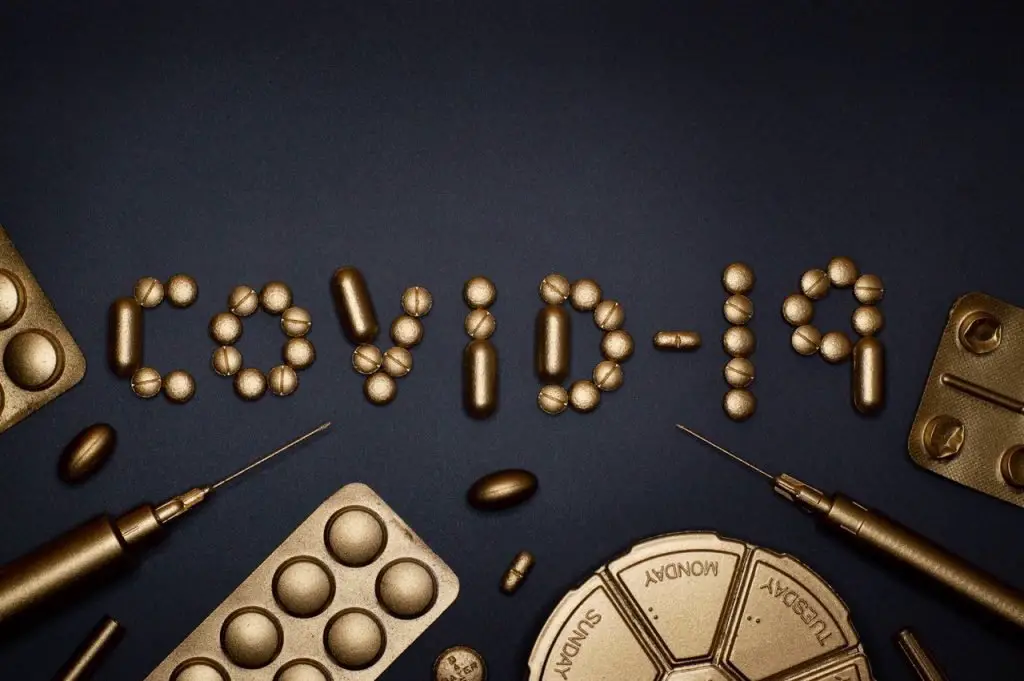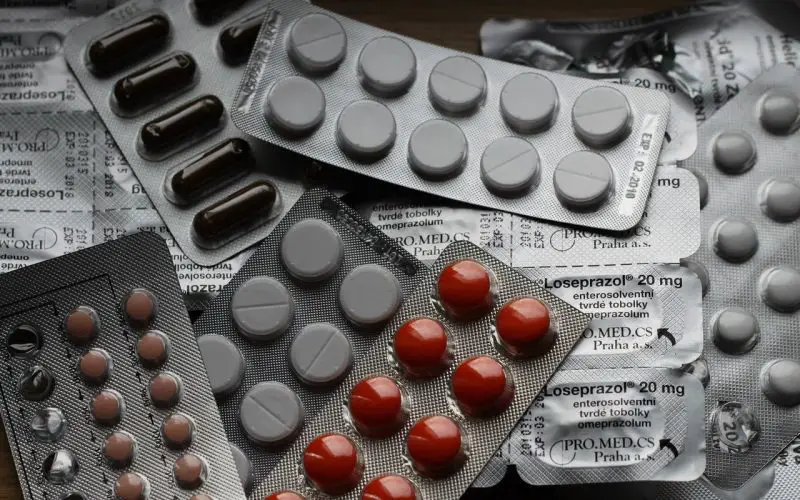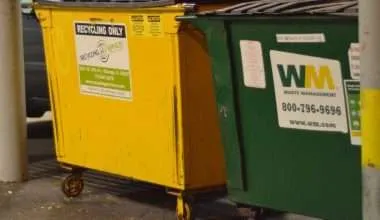Table of Contents Show
The pharmaceutical industry is a major player in our world. They are concerned with research, testing, development, and distribution of pharmaceutical products to treat various diseases.
The advancement in pharmaceuticals is what has led to lower morbidity and mortality rates all around the world. They are an important factor when it comes to treating diseases, providing us therapeutics with higher potency and a better safety profile.
However, like any major industry in the world, the pharmaceutical industry is also a widespread cause of pollution and its negative impact on the environment is well-known.
The industry produces a lot of waste that is concerned with the development and manufacturing of medicines that can eventually lead to various types of pollution like land, air, and water pollution.
Pharmaceutical waste is not limited to IV syringes only, other kinds include:
- Expired Medications
- Tubings, IV bags, vials, waste bags containing excess drugs
- Containers that once stored hazardous waste
- Unused drugs people throw out nilly willy
- Cleaning products (garments or absorbents) used for hospital waste
Causes of Pharmaceutical Waste
Patient use
By far, patient use is the top-level reason for drugs ending up in waterways (88%). Most of the drugs taken by us pass through our bodies and make their way into wastewater from our toilets.

We need more transparency from pharmaceutical companies to find ways to tackle enormous amounts of waste. Water filtration systems could also be built keeping drug residues in mind, other solutions to follow.
No regulation by Authorities
This occurrence of pollution and negative impact on the environment is largely due to lack of regulations by government bodies. If this goes on, there will be strict implications to both animals and humans upon contact with this waste.
With the pharma industry booming in the past few years due to an increase in demand for various medicines, we can expect to see more waste being produced from the industry which will cause further environment degradation. (Even more with COVID-19 pandemic going on)
Pharmaceuticals can enter the environment during any stage of their life cycle, which includes production, use, and disposal. This means that it can ultimately go on to pollute freshwater sources and various waterways, accumulate inside fishes and vegetables, and even ingested by animals.
Effects of Pharmaceutical waste
Residues of pharmaceutical waste have been observed in the sewage system, groundwater, drinking water, soil, manure, and other lands.
Devastating effects on plants and animals
There is evidence to suggest that this pharmaceutical waste in the environment can cause detrimental effects to the health of animals and plants, including renal failure, impaired reproduction, and inhibition of growth of certain aquatic species.
Fish have been particularly effects by the discharge of waste into waterways. A report by the science journal Nature in 2009 showed that most of the male fishes in Europe’s rivers are inter-sex, displaying both female sexual characteristics.
Another study in 2004, conducted by the UK government’s Environmental Agency also discovered the trend of intersex male species of fish, blaming it on the pollution of waterways with the contraceptive pill, API, and ethnyl estradiol.
Development of Antibiotic resistant Organisms
Antimicrobial resistance has been considered one of the most major threats to public health by World Health Organization (WHO) and is expected to cause 10 million deaths per year in 2050.
The discharge of pharmaceutical waste is also been associated with the development of antibiotic-resistant organisms or ‘super bugs’ which is a very big global health concern. This is because it becomes much harder to treat multidrug-resistant bugs.
The uncontrolled discharge into water systems has devastating impacts on people and animals coming into contact with highly resistant bacteria. This is more commonly being seen in countries such as China and India, where most Active Pharmaceutical Ingredients (API) are made.
The production of APIs and finished antibiotic point source pollutions results in an incredibly high concentration of APIs in nearby fresh water resources. Exposure of environmental sources of antimicrobial drugs is making populations vulnerable to drug-resistant pathogens.
Carbon Emissions
The NHS carbon reduction strategy for England in 2009 revealed that pharmaceuticals represent 4 million tons of carbon dioxide emission, which is equivalent to 750,000 cars on a road. This shows the amount of greenhouse effect pharmaceuticals are contributing to our society.
This will further lead to the depletion of glaciers, the alternation of weather patterns in the society, and more frequent natural disasters.
Some drug manufacturing companies like Novo Nordisk are making an effort to be more environmentally sound. Novo Nordisk met their goal of zero-carbon emissions by completely taking up renewable energy resources by 2020. They made it possible by installing a 672-panel solar farm with an investment of $70 million.
Damage to the soil
The soil once contaminated by pharmaceutical waste won’t be unable to support plant growth. Even if you were to grow crops on such lands, resulting food products could contain toxic molecules absorbed from the soil.
Furthermore, the land unable to grow crops will be abandoned and left barren. Barrens lands are much more susceptible to soil erosion by wind and water.
Formation of Landfills
Improper disposal of pharmaceutical waste can lead to formation of landfills that can be a source of long-term pollution. The slow decomposing of the waste and leaching into the soil can also cause the soil to become poisonous, making it useless to carry out production within the region.
Solutions to Pharmaceutical Waste
Strict Regulations from Authorities
Regulations should be made by various governments and organizations to protect the environment from pollution caused by pharmaceutical waste. More awareness must be created among people and the pharmaceutical industry about the impact of improper use of drugs.
Proper Disposal
Proper disposal of pharmaceutical waste must be carried out to prevent the contamination of land, air, and water thereby protecting animals, marine life, and humans.
Recycling must be carried out wherever possible by these industries so that the products or waste can be used again and again, without being disposed of or discharged into the environment.
Effective disposal methods of non-hazardous and biomedical pharmaceutical waste (85%) include Incineration, Autoclaving, Microwaving, Disinfecting with chemicals, burying it deep, encapsulate them in recycled plastic containers and by converting it into non-hazardous waste (Inertization).
Some fluids can also be flown down the sewer. They just need to be in small diluted quantities over an extended period of time
Water filtration System
The companies can choose to make their water filtration plants nearby and defer the use of the main public water sources.
Not only will they be reusing their water again and again, but there won’t be any chance of pharmaceutical waste from production contaminating the main public waterways.
Reduction of waste will prevent the development of resistant pathogens; protect the spectrum of the currently available antibiotics and other drugs available on the market.
Sustainable Actions
The industry must be more sustainable to protect the environment from becoming polluted. The pharmaceutical waste must be produced In such a way that it is biodegradable and that once it decomposed and leaches into the ground, it ends up being beneficial for the ground rather than being harmful.
Other ways for pharmaceutical companies to be more sustainable would be to use renewable energy for their manufacturing plants.
How has coronavirus raised the amount of pharmaceutical waste produced every day?

Since the inception of the Coronavirus late last year and its subsequent transformation into a global pandemic, there has been a global spike in the garbage contaminated with body fluids and other infectious materials.
In the city of Wuhan alone, which was the epicenter of the virus in mainland china, the hospitals in the region were generating six times more waste during the peak of the pandemic. The daily output was estimated to be about 240 metric tons, that’s roughly the size of an adult blue whale!
Health care workers are swiftly going through personal protective equipment, like masks, gloves, and face shields and disposing them off has further led to a rise in medical waste. The important thing here is that this medical waste should be treated the same way if not with more caution in order to prevent cross-infection.
The pandemic has caused countries racing quickly to house patients and treat them by building new makeshift hospitals and testing facilities which has led to an increase in waste.






